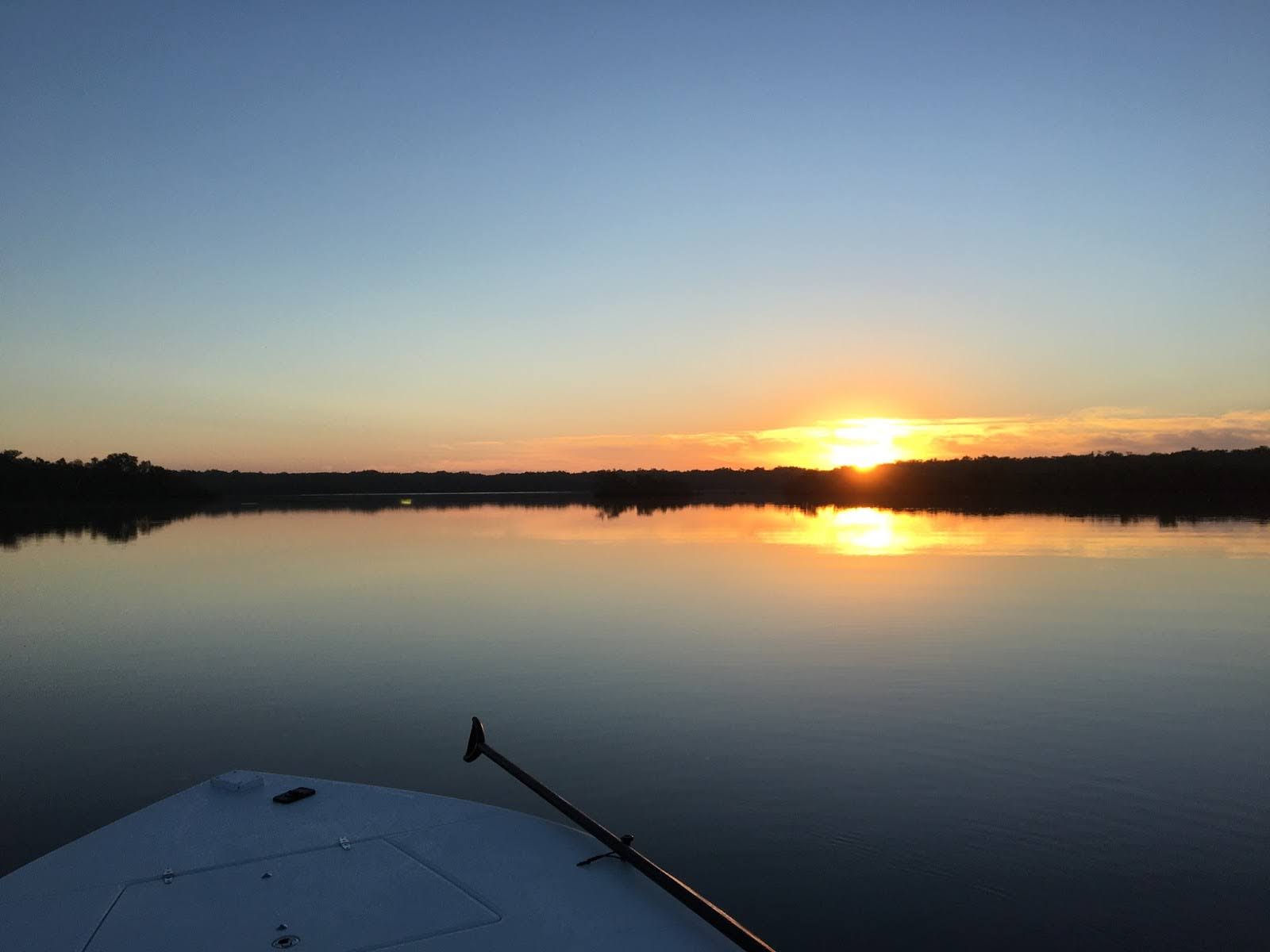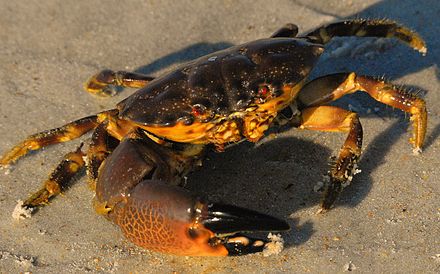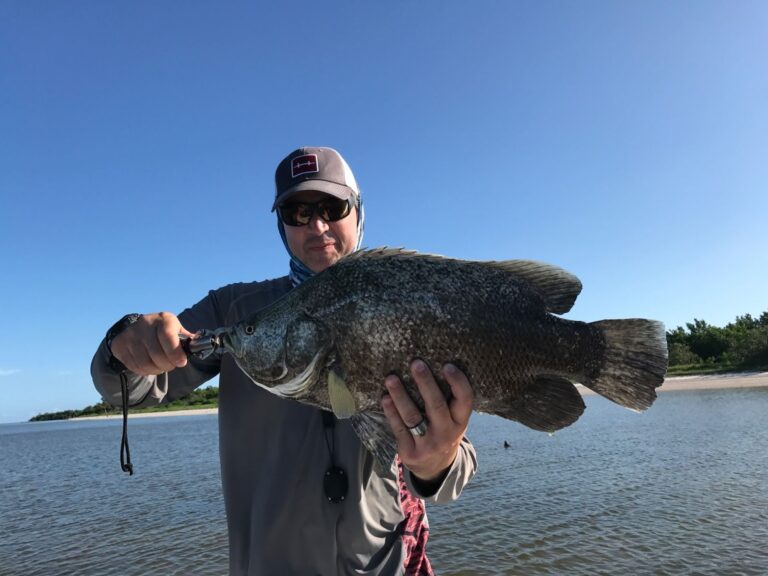Stone Crab Fishing: A Comprehensive Guide
Stone crabs are one of the most prized catches in the Gulf of Mexico and the southern Atlantic coast.
(image source: Wikipedia)
Their sweet, tender claws are a delicacy sought by seafood lovers around the world.
But what if I told you that you don’t have to rely on commercial sources to enjoy this culinary treat?
Recreational stone crab fishing is an exciting and rewarding activity that not only provides a delicious harvest but also a deeper connection with the marine environment.
In this guide, we’ll cover everything you need to know about recreational stone crab fishing, from the basics to advanced tips that will have you catching crabs like a pro.
The Basics of Stone Crab Fishing
What Are Stone Crabs?
Stone crabs are crustaceans found along the southeastern coast of the United States, particularly in Florida.
They are known for their large, powerful claws, which are harvested and then regenerated by the crab.
This sustainable harvesting method allows fishermen to collect claws while ensuring the crab population remains healthy.
When and Where to Fish
Stone crab season typically runs from October 15 to May 1, with the best time to fish being the cooler months when the crabs are most active.
They inhabit rocky outcrops, reefs, and seagrass beds in shallow waters, often burrowing under rocks or within crevices.
Regulations and Permits
Before you head out, it’s crucial to understand the local regulations regarding stone crab fishing.
In Florida, for instance, you need a recreational fishing license.
The state also enforces strict rules on the size and number of claws you can harvest, typically limiting it to one claw per crab and a minimum claw size of 2 7/8 inches.
Always check the latest regulations from the Florida Fish and Wildlife Conservation Commission (FWC) or your local regulatory body.
Gear and Equipment
Traps
The most common method for catching stone crabs is using traps.
These can be purchased from fishing supply stores or easily made at home.
Traps should be sturdy, corrosion-resistant, and designed to allow crabs to enter but not escape.
Baited with fish heads, chicken necks, or other odorous bait, these traps attract crabs looking for an easy meal.
Gloves and Protective Gear
Stone crabs have powerful claws that can cause serious injury, so heavy-duty fishing gloves are essential.
Protective gear, such as long sleeves and sturdy footwear, is also recommended to prevent cuts and scrapes while handling traps and crabs.
Measuring Device
A measuring device is crucial to ensure the claws you harvest meet legal size requirements.
This helps protect the crab population and ensures you’re following regulations.
Buoys and Lines
Your traps will need to be marked with buoys for easy retrieval.
Use bright, durable buoys and strong lines that can withstand the marine environment.
Label your buoys with your name and address, as required by law.
Setting and Checking Traps
Selecting a Location
Choosing the right location is key to successful stone crab fishing.
Look for areas with rocky substrates, reefs, or seagrass beds.
These habitats provide shelter and food for stone crabs, making them prime fishing spots.
Local knowledge, fishing charts, and sonar equipment can help you identify these areas.
Baiting Your Traps
Bait is crucial for attracting stone crabs to your traps. Fish heads, chicken necks, or any other oily, smelly bait work best.
Secure the bait inside the trap to prevent it from being washed away by currents or waves.
Setting Traps
When setting your traps, ensure they are placed securely on the ocean floor in areas where crabs are likely to forage.
Attach a buoy to each trap for easy identification and retrieval.
It’s recommended to set traps in the late afternoon or evening when crabs are most active.
Checking Traps
Check your traps every 24 to 48 hours.
This ensures that any crabs caught are still fresh and the bait remains effective.
When retrieving traps, do so slowly and steadily to avoid spooking any crabs that might be inside.

Harvesting and Handling Stone Crabs
Removing Claws
Once you’ve caught a stone crab, it’s time to harvest the claws.
Carefully remove the crab from the trap, holding it securely to avoid injury.
Use a twisting motion to remove one claw at the joint, ensuring to not damage the crab’s body.
Only one claw per crab can be harvested, and the other claw must be left intact to ensure the crab’s survival and ability to defend itself.
Measuring Claws
Immediately measure the harvested claw to ensure it meets the minimum size requirement of 2 7/8 inches.
If the claw is undersized, return it to the water along with the crab.
Releasing Crabs
After harvesting the claw, gently return the crab to the water.
Stone crabs can regenerate lost claws, but they need to be healthy to do so.
Handle them carefully and release them back into their natural habitat as quickly as possible.
Cooking and Enjoying Your Catch
Storing Claws
If you’re not cooking the claws immediately, store them on ice or in a refrigerator.
Fresh stone crab claws can be kept for several days, but they are best enjoyed as soon as possible.
Cooking Methods
Stone crab claws are typically boiled or steamed. Here’s a simple method to prepare them:
- Boiling: Bring a large pot of salted water to a boil. Add the claws and cook for 8-10 minutes. Remove the claws and place them in an ice bath to stop the cooking process and preserve the meat’s texture.
- Steaming: Place the claws in a steamer basket over boiling water. Cover and steam for 10-12 minutes. Again, transfer to an ice bath afterward.
Cracking and Serving
To enjoy your stone crab claws, you’ll need to crack them open.
Use a crab cracker or a mallet to gently break the shell, being careful not to crush the meat.
Serve with melted butter, lemon wedges, or a tangy mustard sauce for a truly delicious treat.
Advanced Tips for Successful Stone Crab Fishing
Understanding Crab Behavior
Stone crabs are nocturnal feeders, most active during the night and early morning.
Setting your traps during these times can increase your chances of a successful catch.
Seasonal Patterns
Stone crab activity can vary with the seasons. Understanding these patterns can help you plan your trips more effectively.
For example, crabs are often more active during the cooler months and may move to deeper waters in warmer weather.
Weather Conditions
Weather plays a significant role in stone crab fishing.
Calm, clear days are ideal for setting and checking traps.
Avoid fishing during storms or rough seas, as these conditions can make it difficult to retrieve traps and may dislodge them from their locations.
Using Multiple Traps
Using multiple traps increases your chances of a successful catch.
Spread them out in different locations to cover a larger area and identify the most productive spots.
Mark your traps clearly and check them regularly to maximize your yield.
Networking with Local Fishermen
Networking with local fishermen can provide valuable insights and tips for successful stone crab fishing.
Join local fishing clubs, participate in online forums, and attend community events to learn from experienced anglers.
Conclusion
Recreational stone crab fishing is more than just a way to enjoy a delicious seafood delicacy.
It’s an opportunity to connect with nature, learn about marine ecosystems, and practice sustainable fishing methods.
Having the right knowledge, gear, and respect for the environment, you can enjoy this rewarding outdoor activity while contributing to the conservation of stone crab populations.
With a dash of patience, a sprinkle of preparation, and a skosh of luck, you’ll soon be enjoying the fruits of your labor – a plate full of sweet, succulent stone crab claws.
Happy fishing, and may your traps always be full!



